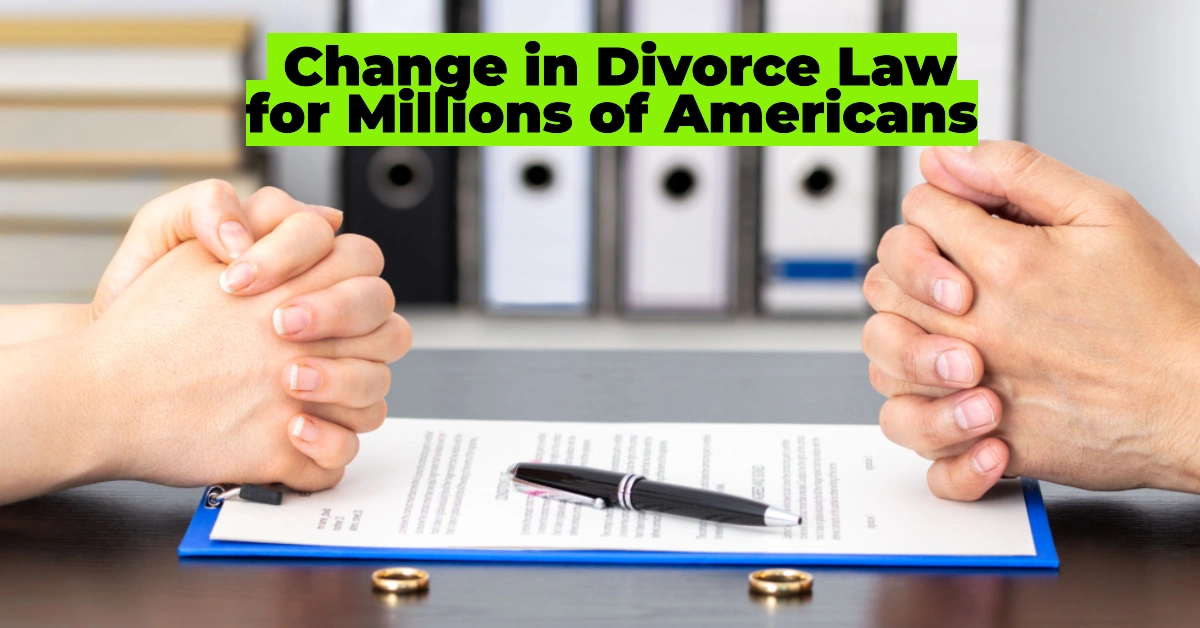As Valentine’s Day approaches, many celebrate love, while others seek to move on from relationships that no longer serve them. For millions of New Yorkers, divorce is about to become a far simpler and less costly process. The Unified Court System (UCS) of New York has announced a groundbreaking change that will allow couples to file for divorce jointly—eliminating the need for one spouse to sue the other, even in amicable separations.
Table of Contents
What’s Changing? The New Uncontested Joint Divorce Process
Previously, New Yorkers seeking a divorce—even if mutually agreed upon—had to legally sue their spouse to dissolve the marriage. This outdated requirement often led to drawn-out and expensive proceedings. However, under the new rules, couples who have already settled issues like child custody, asset division, and financial arrangements can now file a single uncontested joint divorce form instead of filing against one another.
The Impact on No-Fault Divorces in New York
New York, home to 19.47 million residents, including 1.34 million married women and 1.4 million married men, is now making no-fault divorces more accessible than ever.
What is a No-Fault Divorce?
A no-fault divorce allows couples to separate without proving wrongdoing like abuse, infidelity, or neglect. The concept was first introduced by Ronald Reagan in California before spreading nationwide. Now, in New York, this process has been streamlined to be faster and more affordable.
New $725 California Stimulus Check Announced – Here’s How to Apply and Qualify
Why This Matters: Cost and Time Savings for Couples
Divorce can be emotionally and financially draining. The new uncontested joint divorce form aims to reduce legal expenses and simplify the process for couples who have already settled their affairs. Instead of engaging in unnecessary legal battles, they can submit a joint request for dissolution.
Per the Unified Court System (UCS):
“This type of divorce is much easier and quicker to obtain because you do not have to prove the grounds (reasons) for the divorce. Instead, you will file your papers together asking the Court to approve what you agree will happen after your divorce.”
This significant reform aligns with modern attitudes toward divorce, allowing couples to transition smoothly into their next phase of life without undue legal and financial burdens.
The Growing Political Debate Over No-Fault Divorce
While New York is making divorce simpler for those who need it, no-fault divorce laws have become a contentious political topic. Some conservative figures argue that making divorce easier could harm traditional family values.
For example:
- Vice President J.D. Vance criticized no-fault divorce, saying in 2021 that it encourages people to “switch spouses like they change their underwear.”
- Speaker of the House Mike Johnson has claimed that no-fault divorces are part of a broader “countercultural revolution” that undermines religion and morality.
Despite these criticisms, many legal experts and advocates argue that no-fault divorces protect individuals from remaining in unhappy or unhealthy marriages simply due to legal complications.
What Happens Next? How New Yorkers Can Take Advantage of This Change
While the new process will make filing easier, couples must still resolve financial and custody issues beforehand. This means that for many, legal counsel or mediation will still be necessary. However, once agreements are in place, the actual divorce filing will be quicker and less expensive than before.
Chief Administrative Judge Joseph Zayas stated:
“The Uncontested Joint Divorce program will save divorcing couples time and money.”
For those considering divorce in New York, this new process could mean a faster, more affordable, and less adversarial separation—a small silver lining in an otherwise difficult life transition.
Final Thoughts: A More Compassionate Approach to Divorce
New York’s move to simplify no-fault divorce reflects a broader shift toward making legal processes more accessible and efficient. While political debates continue, the practical benefits of this change are clear: less stress, lower costs, and a quicker path to new beginnings for those who need it most.
If you or someone you know is considering divorce, understanding this new process could help make a challenging situation a little bit easier.
